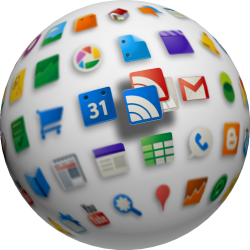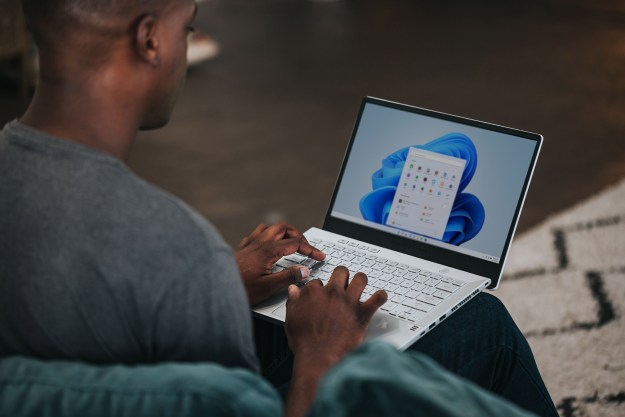
As expected, Google has rolled out its long-awaited redesign to its popular Reader, which includes integrated sharing through Google Plus. The update removes all the original sharing functionality of Reader, like friending, following, shared items, and comments – a move that has upset a surprising number of RSS aficionados.
According to Google, the redesign gives Reader a “look and feel that’s cleaner, faster and nicer to look at.” Basically, this means Reader now looks exactly like Gmail, which has received a number of updates over the past couple of years.
While the new design of Reader – mostly cosmetic, and changes little in terms of functionality – is by far the most noticeable to the casual user, the real change is the new Google Plus sharing functionality. Users can now “+1” stories straight from Reader (which replaces the “Like” option). Anytime a user hits the +1 button, they now have the option to “Share” or “Share with Note” on Google Plus.

(Click for larger view)
The new sharing features might be good for Google Plus users – and it’s certainly good for Google, which is trying its best to build upon the early enthusiasm for Google Plus – but many hardcore Reader users, a group known as the Sharebros, are highly upset by the deletion of the old social functions, and have even launched a petition to save the old design and functionality.
“Many of us have been faithful users of your Reader for years,” reads the petition, which was created by grad student Brett Keller. “It’s central to our daily information consumption routines…. Eliminating Google Reader or its features (like following friends’ shared items) is short-sighted because you will alienate some of your most loyal users, sparking a vocal backlash.”
The petition, which according to Mashable has now received more than 10,000 signatures, also states that the Sharebros see the new sharing features “as a backhanded attempt to force us to use Google Plus.”
So, Google Reader users, what do you think? Is the redesign a welcome change, or simply a corporate plot trick users into contributing more to its flailing social network? Perhaps something in between? Let us know what you think in the comments.
Editors' Recommendations
- How to share a calendar in Google
- Google Photos just made it easier to share one-off photos and videos
- Google Maps insists it’s doing what it can to weed out business scammers
- Hey Google, let’s order out: Food delivery comes to Search, Maps, and Assistant


